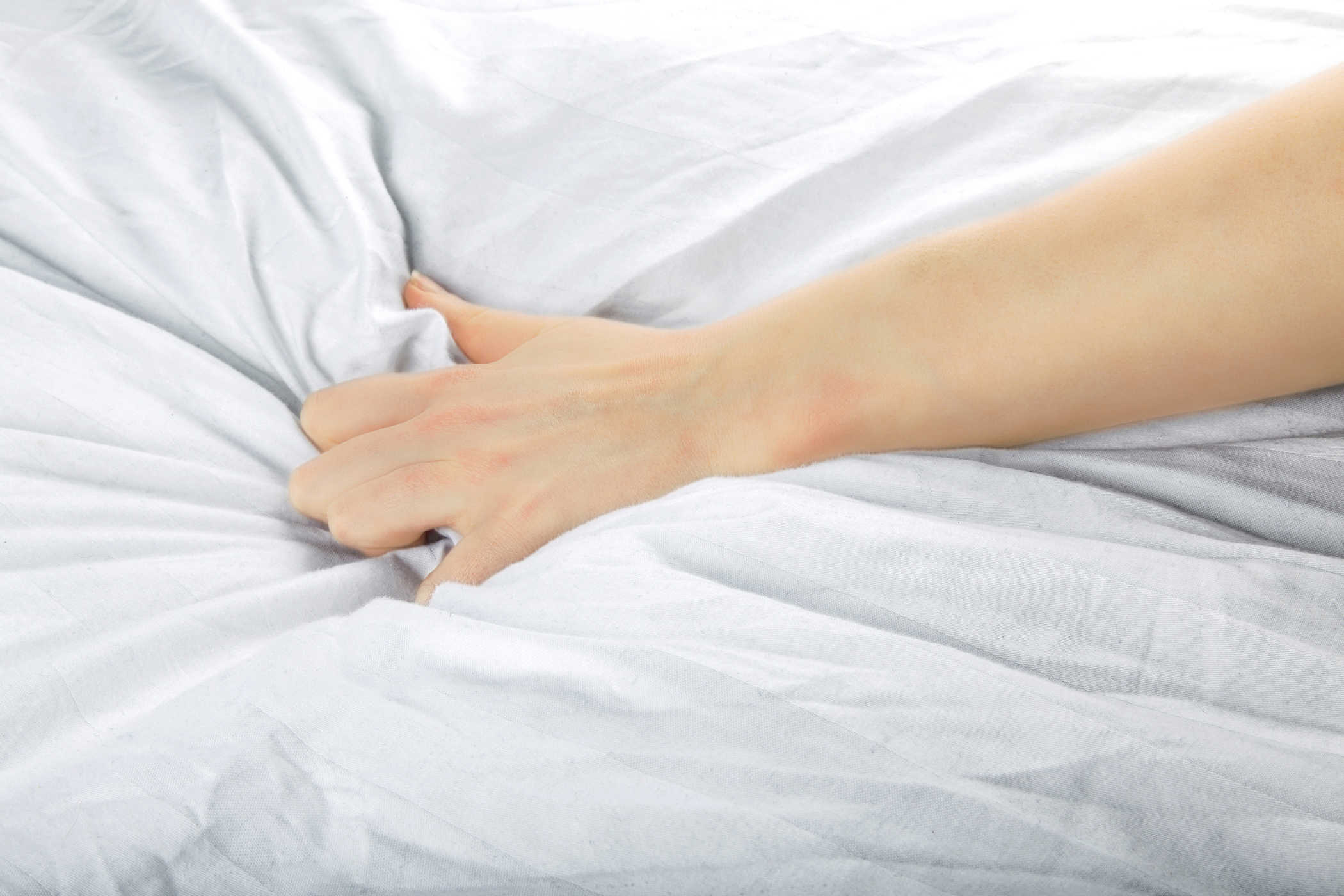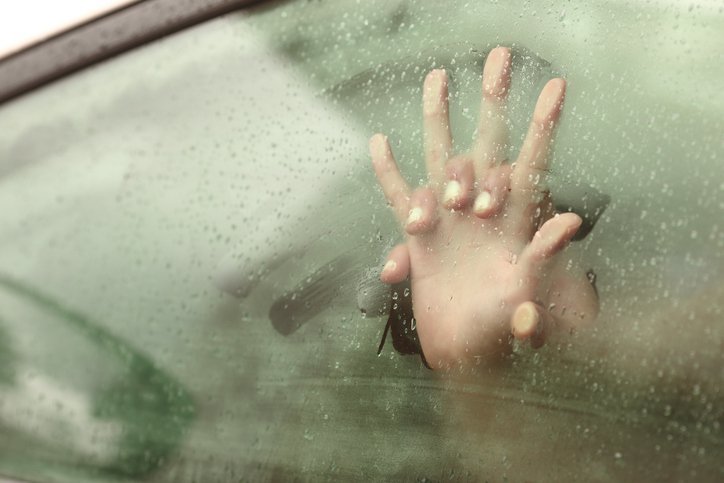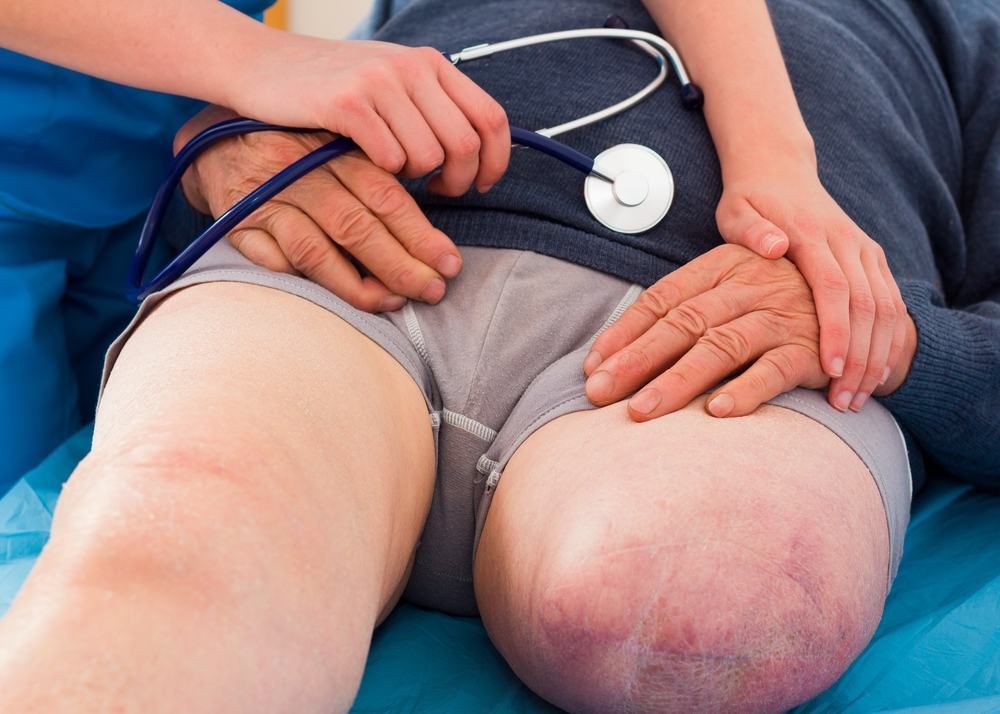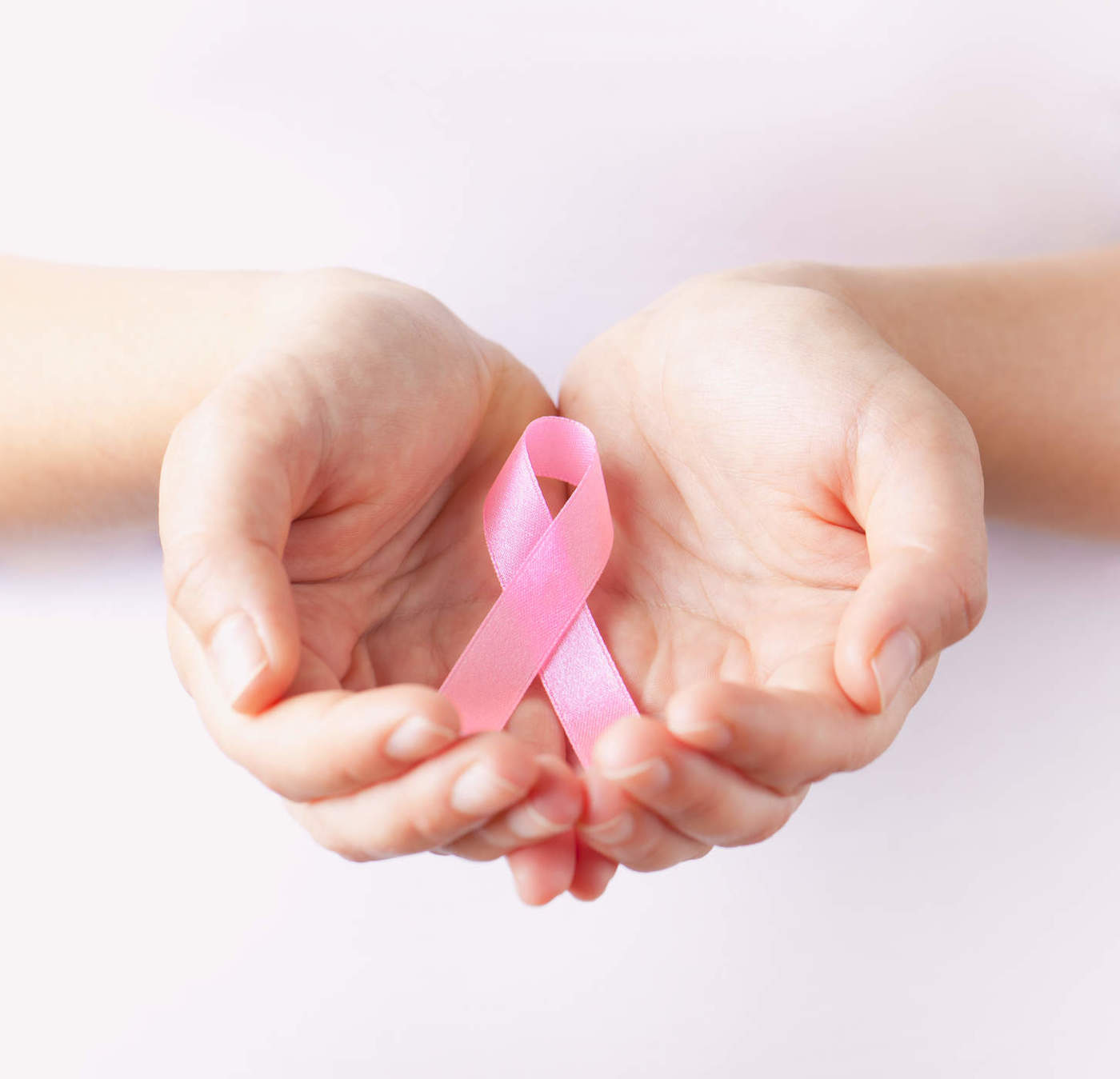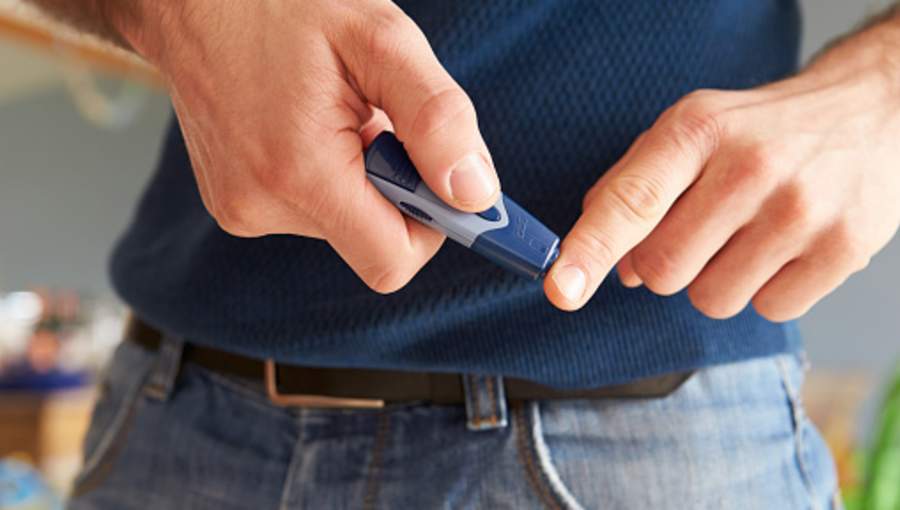Contents:
- Medical Video: Cystoscopy Procedure Mercy
- What is rigid cytoscopy?
- Are there alternatives to surgery?
- What is the process of rigid cytoscopy?
- What should I do before undergoing rigid cytoscopy?
- What complications can occur?
Medical Video: Cystoscopy Procedure Mercy
Definition
What is rigid cytoscopy?
Rigid cytoscopy is a procedure for examining abnormalities in the bladder by using a cytoscope (rigid telescope). In some cases, abnormalities in the bladder and urinary tube can be treated together. For an accurate examination, the doctor will recommend rigid cytoscopy. However, the decision remains in the patient's hands.
When should I undergo rigid cytoscopy?
This procedure may be recommended if the patient is experiencing pain, blood in urine or recurrent infections, or irritation of the bladder (uncontrolled urinary urge). If problems are encountered during the cytoscopy, the doctor may perform a biopsy (remove a small piece of tissue), or do treatment using the cytoscope itself. But if the results of normal cytoscopy, the doctor will immediately notify the patient.
Prevention & warning
Are there alternatives to surgery?
Scan examination is only able to provide information relating to the cause of the problem. However, cytoscopy more often leads to the diagnosis of the disease. Some bladder abnormalities can only be seen with a cytoscope. Flexible suroscopes only require gel anesthesia. However, some types of bladder and urinary abnormalities cannot be diagnosed using flexible cytoscopy.
What are the consequences if not undergoing rigid cytoscopy?
Doctors cannot diagnose disease accurately. Discuss with your doctor if you decide not to undergo this examination procedure.
Process
What is the process of rigid cytoscopy?
The medical team will provide a form that the patient must fill in first. This form
contains the name of the patient and the procedure to be followed.
Rigid cytoscopy procedures are usually performed under general or spinal anesthesia. On
generally, the procedure takes less than 30 minutes.
The doctor will insert the cytoscope into the patient's bladder through the urethra. By using a cytoscope, the doctor will look for abnormalities in the bladder layer and do a biopsy if needed. If a bladder stone is found, the doctor may take it through a cytoscope.
What should I do before undergoing rigid cytoscopy?
Make sure you tell the doctor about the medicines being consumed and follow the doctor's directions. Before this procedure begins, avoid consuming warfarin or clopidogrel. For diabetics, the level of gula should be controlled before the procedure. The doctor will give instructions when you can take the drug. For patients who are undergoing blood pressure treatment using beta-blockers, it is permissible to continue taking the drug as usual. For smokers, avoid smoking a few weeks or more before the procedure is done.
What should I do after undergoing a rigid cytoscopy?
You are allowed to go home the same day after recovering from anesthesia and can urinate normally. However, your doctor may advise you to do a hospital recovery. Within 24 hours, avoid dangerous activities such as driving and cooking until you are fully recovered. Rigid cytoscopy procedures are usually painless. However, if you feel pain, you are allowed to consume paracetamol to reduce pain. The next day, you can return to your normal activities again, unless the doctor gives instructions otherwise. Regular exercise is proven to accelerate recovery. But before deciding to exercise, ask for a doctor's advice. Our doctor will notify the cytoscopy findings and discuss treatment or follow-up needed.
You also need to change your lifestyle, including:
● quitting smoking can reduce the risk of complications and improve long-term health
● maintain your weight. Obese patients are more at risk of complications
● regular exercise can improve long-term health
Complications
What complications can occur?
Common complications that can occur after surgery is the effect after administration of anesthesia. Anesthetist doctors will explain the risk of complications from the use of anesthesia. For rigid cytoscopy, complications that may occur are:
Bleeding during or after undergoing the procedure. When you urinate for the first time, you may find blood in your urine. Most of this is found by men who are
undergo a biopsy. Bleeding is usually very little. The health team will use a catheter (tube) into your bladder to wash blood or remove blood clots (called 'bladder washout').
Infection. If you become more frequent urinating, feel pain, and a small amount of urine is released, you may get an infection. If these symptoms get worse, contact your doctor immediately. This infection may need to be treated with antibiotics.
Urethral narrowing (urethral stricture), caused by the formation of scar tissue. This condition is rarely found after a patient has undergone a single cytoscopy. But if this happens, you need further treatment by surgery. (Risk range: less than 1 to 1,000). Perforated bladder. If this happens, you need to use a catheter placed in the bladder for several days while the hole is healed. If the hole does not heal, you need further treatment through the surgery. If the information you have is unclear, discuss the possibility of this complication with your doctor.
Hello Health Group does not provide medical advice, diagnosis or treatment.


